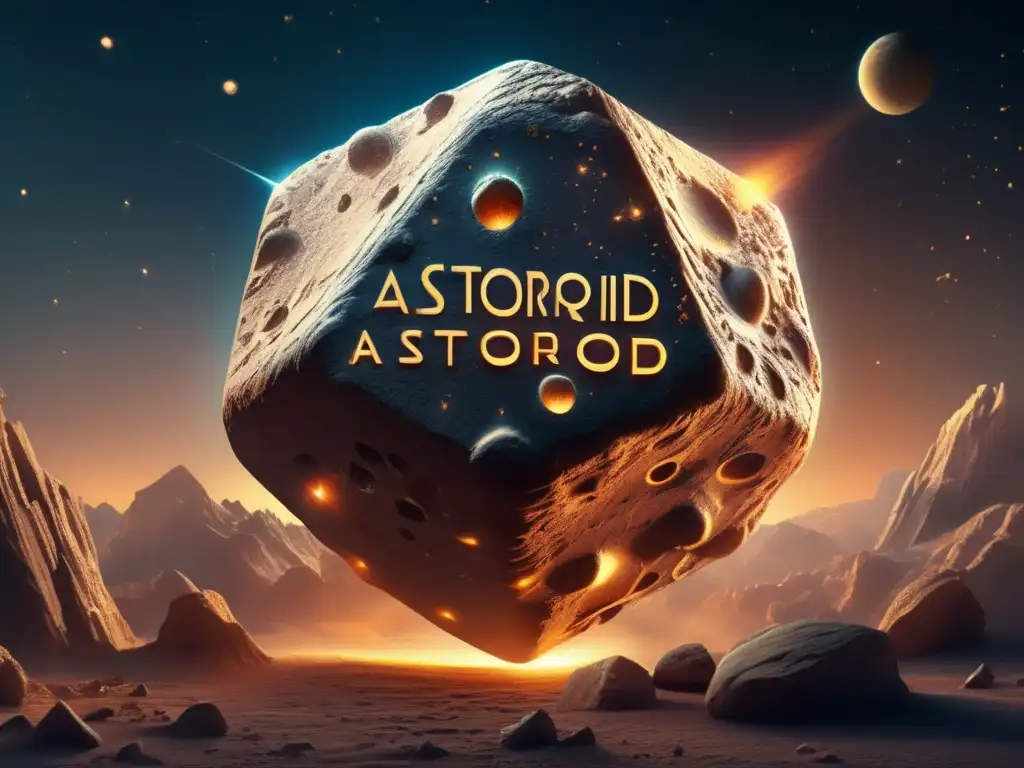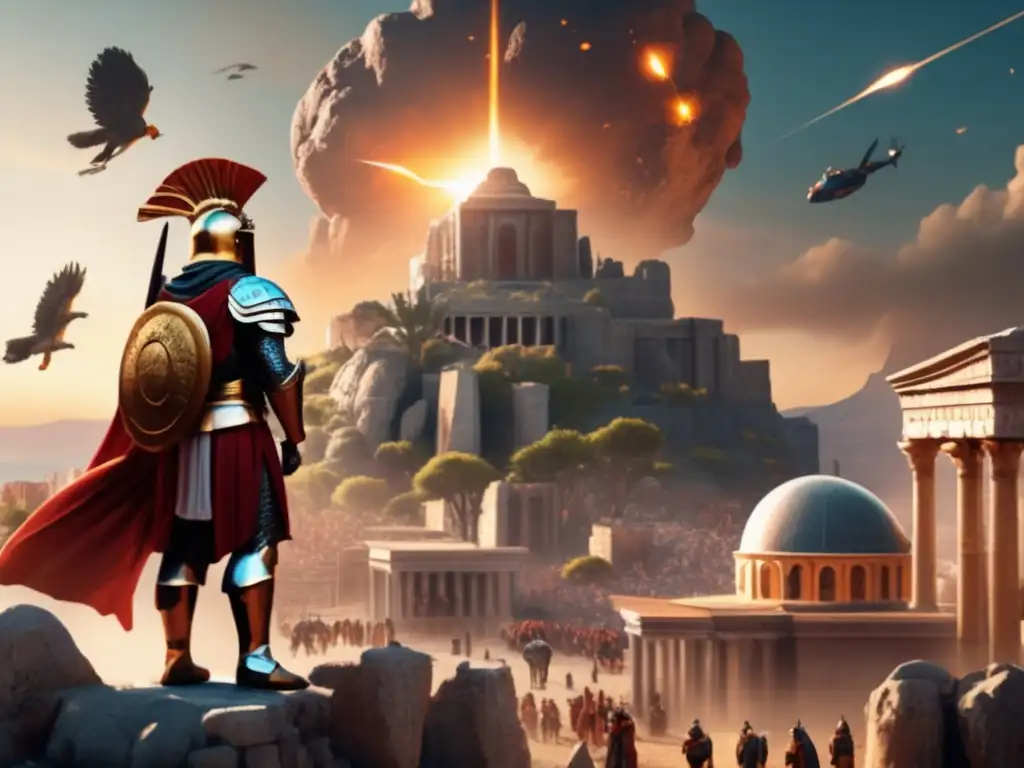Asteroids In Byzantine Art: A Mythical Unraveling

Introduction
Throughout human history, asteroids have played a significant role in shaping various cultures and societies. In Byzantine art, specifically, asteroids were often portrayed as mythical figures or symbols of divine power. Their influence can still be seen on numerous artworks from that era, and it’s fascinating to unravel the stories behind them.
The Creation of the World

The Role of Asteroids in Byzantine Art
According to the Byzantine creation myth, the world was formed from chaos, and everything fell into place through divine intervention. In this narrative, asteroids represent the raw material of the universe - rocks cast off from the divine forge that would ultimately build new worlds.
The Connection Between Asteroids and Celestial Bodies
Byzantine artists frequently depicted asteroids in relation to other celestial bodies, such as stars, planets, and comets. This artistic symbolization reflected the belief that everything in the universe is interconnected, and that all things emanate from the same divine source.
The Symbolic Significance of Asteroids in Religious Art
Asteroids were also used as symbolic representations of divine intervention in religious art. The asteroid that struck the earth in the Byzantine creation story was seen as a sign of divine power, as it brought about the creation of a new world. Additionally, asteroids were also depicted as the means by which God punished sinners and rewarded the righteous.
Asteroid Myths and Legends

The Story of Apollo and Daphne
In Byzantine art, the asteroid was often associated with the Greek god Apollo, who was often depicted holding a stone or rock. This association stemmed from a myth about Apollo's love for Daphne. When Daphne rejected Apollo's advances, she was turned into a laurel tree. In his grief, Apollo plucked a rock from the earth and placed it beneath the tree as a symbol of his love. Thus, the stone became a powerful representation of unrequited love.
The Tale of Persephone and Hades
Asteroids were also used to represent the underworld in Byzantine art, particularly in depictions of the myth of Persephone and Hades. According to this tale, Hades, god of the underworld, abducted Persephone and took her to his realm. In his anger, Zeus sent an asteroid hurtling towards the earth, creating a deep chasm that led to the underworld.
The Significance of Asteroids in Mythology
Overall, the use of asteroids in Byzantine mythology and art held significant symbolic value. They were often used to represent divine intervention, the interconnectedness of all things, and as powerful symbols of love, loss, and punishment.
Frequently Asked Questions

-
What is the significance of asteroids in Byzantine art?
Asteroids held significant symbolic value in Byzantine art, often representing divine intervention, the interconnectedness of all things, and as powerful symbols of love, loss, and punishment.
-
How were asteroids depicted in relation to celestial bodies in Byzantine art?
Asteroids were frequently depicted in relation to other celestial bodies, such as stars, planets, and comets. This artistic symbolism reflected the belief that everything in the universe is interconnected, and all things emanate from the same divine source.
-
What role do asteroids play in the Byzantine creation myth?
In the Byzantine creation myth, asteroids represent the raw material of the universe and were seen as rocks cast off from the divine forge that would ultimately build new worlds.
-
What is the connection between asteroids and Greek gods in Byzantine art?
Asteroids were associated with Greek gods in Byzantine art, particularly Apollo, who was often depicted holding a stone or rock. Additionally, asteroids were used to represent the underworld in depictions of the myth of Persephone and Hades.
-
What is the symbolic significance of asteroids in religious art?
Asteroids were used as symbolic representations of divine intervention in religious art, representing the means by which God punished sinners and rewarded the righteous.
Conclusion
The use of asteroids in Byzantine art reflects the rich cultural history and mythological traditions of ancient societies. From representing divine power and interconnectedness to symbolizing love, loss, and punishment, the stories and symbols surrounding asteroids have resonated across centuries of human experience. As we continue to explore the universe and learn more about these celestial objects, it's fascinating to see how their influence has echoed throughout human history.
We hope this article has been enlightening and educational and encourage you to share your thoughts in the comments section below. Thank you for reading, and please consider subscribing to www.asteroidrealm.com for more content related to asteroids and their significance throughout human history.
Additional Resources

- The Fascinating World of Byzantine Art
- Byzantium (ca. 330–1453)
- Byzantine Art
- NASA Asteroid and Comet Watch
 The Cosmic Dragon: Asteroids In Ancient Chinese Parables
The Cosmic Dragon: Asteroids In Ancient Chinese Parables Celestial Stones In African Mythology: Asteroids And Ancestors
Celestial Stones In African Mythology: Asteroids And Ancestors Sky Giants: Asteroids In Nordic Sagas
Sky Giants: Asteroids In Nordic SagasIf you want to discover more articles similar to Asteroids In Byzantine Art: A Mythical Unraveling, you can visit the Asteroid Mythology category.
Leave a Reply

Articulos relacionados: